The way that historians describe Cornwall with the use of the prefix ‘post’ (post-industrial, post-romantic etc.) is, in some ways, patronising and unfair.
It conjures up images of a washed-out population, and feeds into shallow conceptions of contemporary Cornwall as little more than a giant heritage site.
But it’s also a useful way to understand the region’s unique history and the forces shaping it over the years.
The mining industry in Cornwall goes back a long way.
It was a core element of the local economy for centuries – the ancient Greek historian Diodorus Siculus referred to the tin traded from the island of Ictis (now believed to be St. Michael’s Mount) over two thousand years ago.
But the fall of tin prices in the 1860s had a massive impact on the Cornish economy, and tens of thousands of miners migrated to countries like Australia and South Africa over subsequent years.
Buoyed especially by the demand for raw materials during WWI and WWII, some of the tin mines stayed open beyond the early-1900s, but by the end of the century they had all closed.
And these changes had a devastating effect on the region - over a quarter of the population moved out of Cornwall in the 1960s and 1970s.
Spirituality has been at the heart of Cornish culture for centuries.
Whether the Neolithic stone circles, the medieval churches, or the Methodist places of worship built after John Wesley’s visits to the region in the late-1700s (over two-thirds of the population were Methodist by 1851), you only need to drive across the county to realise that it’s dotted with evidence of its rich spiritual heritage.
The extent to which religious belief shapes the local culture has reduced significantly over recent decades, but the transformation of ancient festivals (e.g. Golowan) into modern-day celebrations has helped to keep the region’s age-old connection to spirituality alive.
Since the London through to Penzance train line was opened in 1867 – almost overnight, opening up the whole region to legions of new visitors – Cornwall has also acted as a haven for writers and artists.
Attracted by the rugged seascapes, fresh air, extraordinarily clear light, and authentic lifestyles of local people, a steady stream of artists – like Stanhope & Elizabeth Forbes, Laura & Harold Knight, and Bernard Leach – moved to West Cornwall in the late-1800s and early-1900s.
They were later followed, at the outbreak of WWII, by Barbara Hepworth, Ben Nicholson, and Naum Gabo; and by the end of the 1950s painters such as Terry Frost, Patrick Heron, and Roger Hilton had moved to Cornwall too.
Over the years, the region has also been a magnet for poets and novelists – everyone from D H Lawrence and John Le Carré to Daphne du Maurier and Jessica Mann.
Having lived in Cornwall for over thirteen years, I can understand why so many artists and writers have felt inspired to move here.
It’s impossible not to feel energised by the majestic landscape and ferociously independent local culture; and the sense of community is palpable and real.
With the dissolution of traditional industries, and the millions of tourists who stream down here annually (a population of 500,000 hosted over five million visitors in 2022), Cornwall has changed over recent decades.
The poet John Betjeman once rather cheekily suggested that it was ‘tired and looking somewhat overhired’.
A serious housing shortage plus swiftly rising rents and property prices is putting an unbearable pressure on local people.
But, for now, much of Cornwall’s unique culture remains unchanged, and I hope its magic is preserved for many more years to come.
Further Reading:
CROSS, TOM The Shining Sands: Artists in Newlyn and St Ives, 1880-1930 (Halsgrove, 2008)
KENT, ALAN The Literature of Cornwall: Continuity, Identity, Difference (Redcliffe Press, 2000)
PAYTON, PHILIP Cornwall: A History (University of Exeter Press, 2017)
STEPHENS, CHRIS Modern Art and St Ives: International Exchanges (Tate Publishing, 2014)
James Lee © 2024

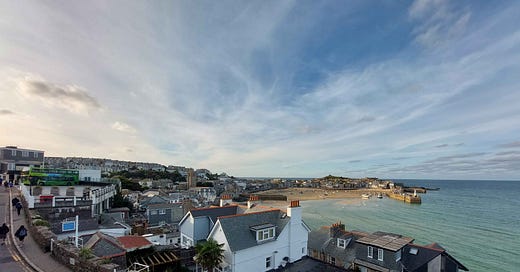



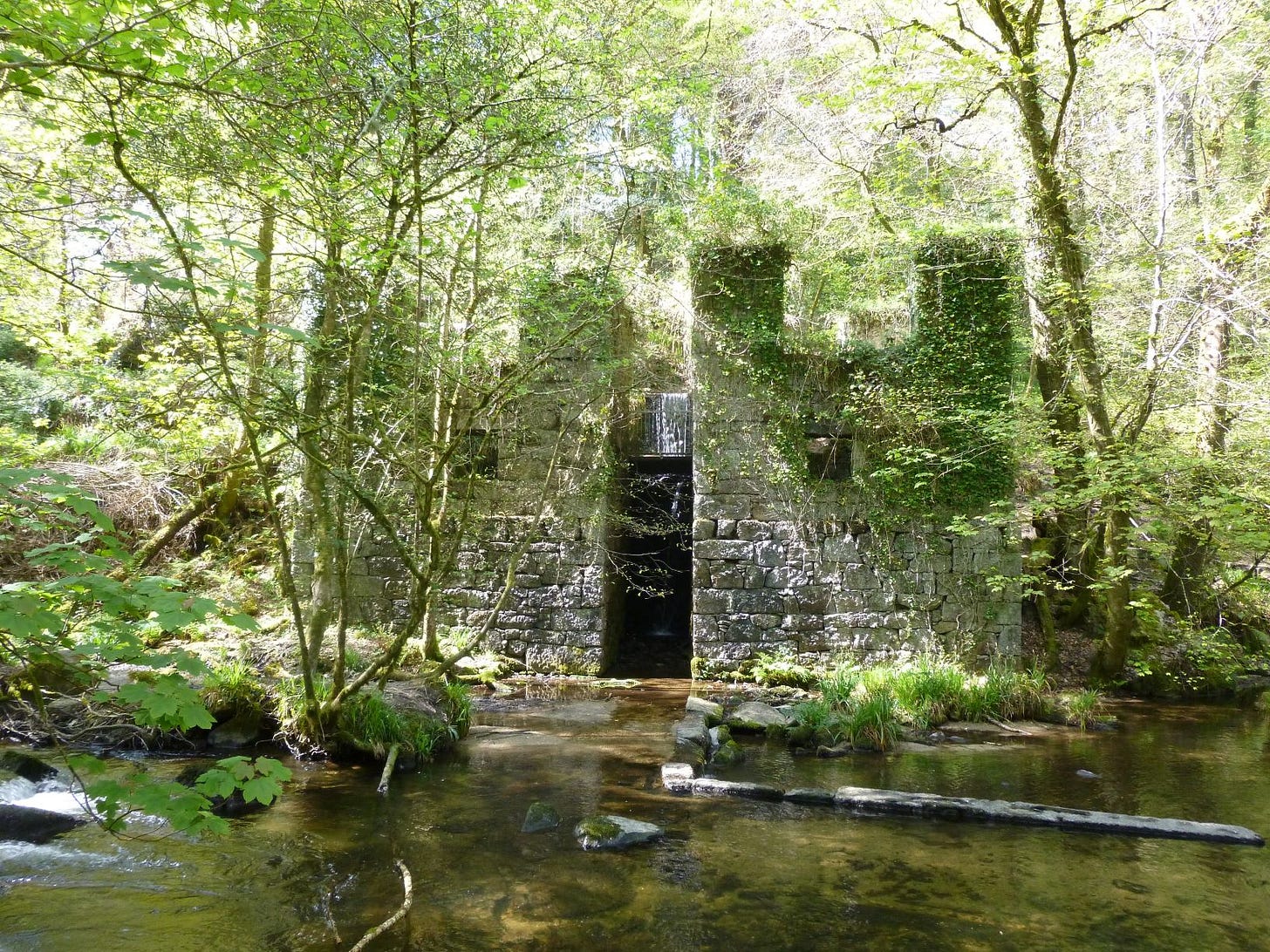
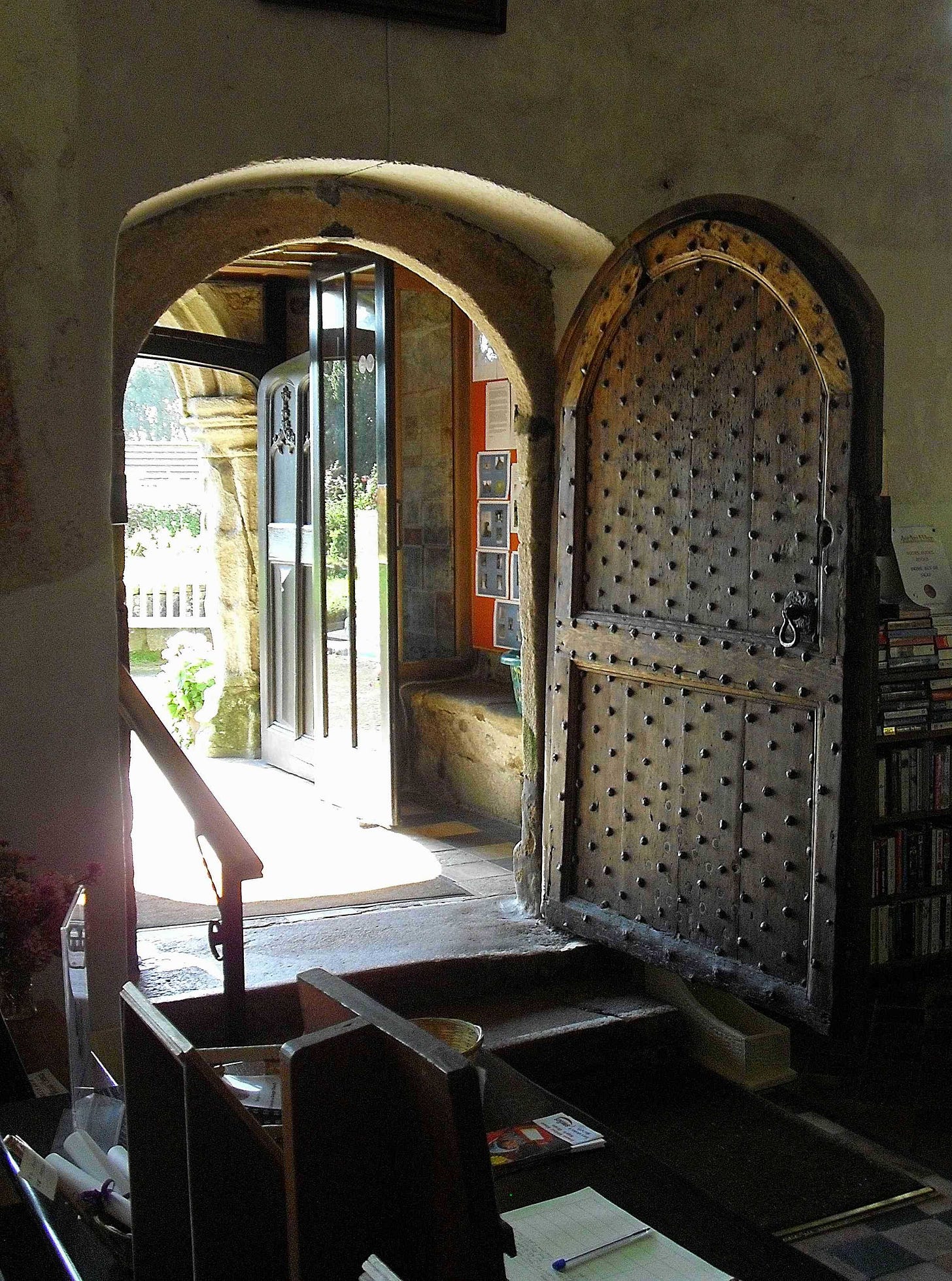
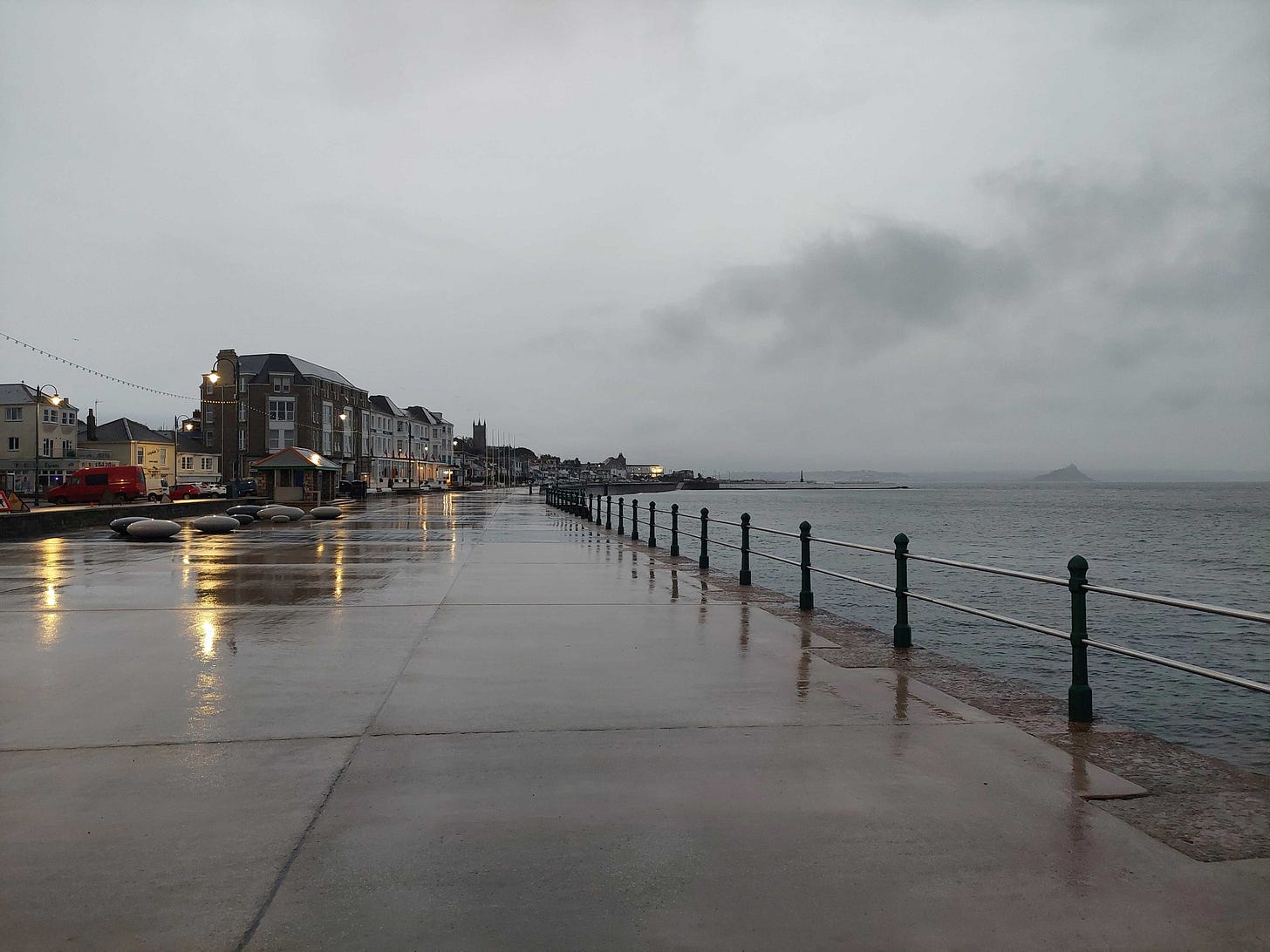
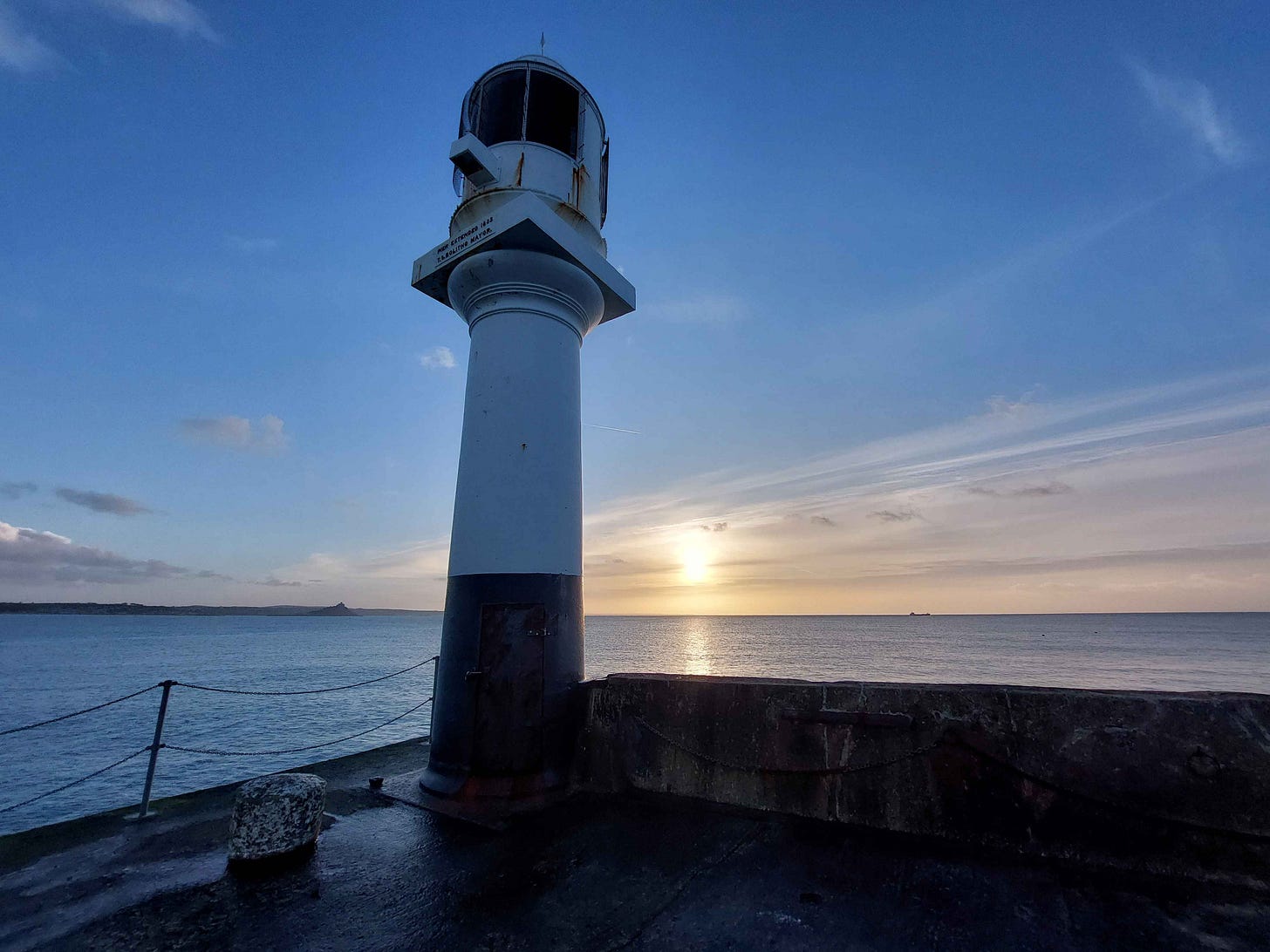
Fascinating on a personal level. I’m descended from Cornish tin miners, Methodists of a strong faith. Somewhere I have a photo of myself at Gwenapp Pit, where Maynard ancestors may have heard John Wesley preach.
A lovely introduction to a beautiful part of England, James. I grew up in Devon and remember a couple of family holidays in Cornwall as a child. The coastal scenery is majestic. Thank you for bringing back those memories.